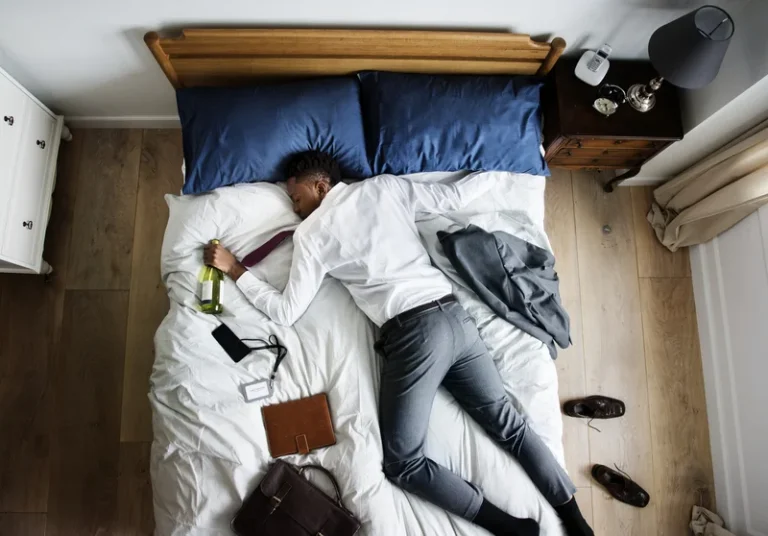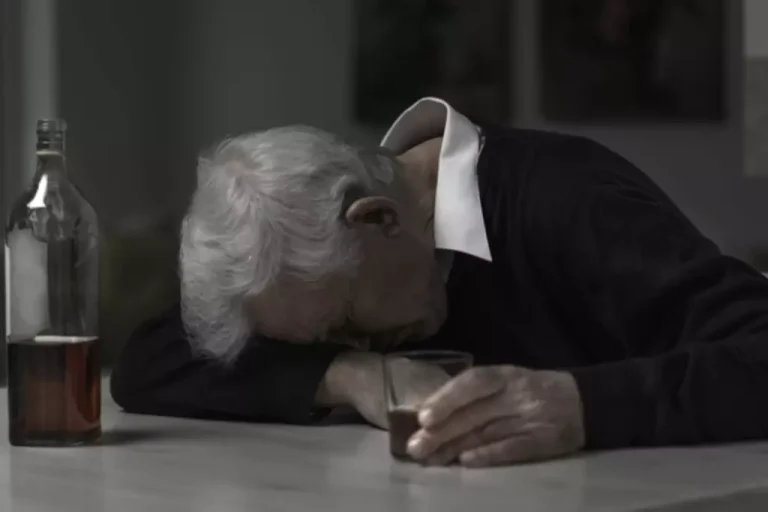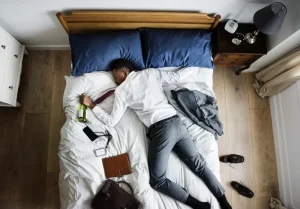
Black Mafia Family co-Founder Big Meech has been released from prison after nearly 20 years behind bars, and has reportedly been transferred to a halfway house to finish out the remainder of his sentence. On Wednesday (Oct. 16), news began to circulate that former drug kingpin Demetrius “Big Meech” Flenory was no longer listed as being incarcerated in the Federal Bureau of Prisons database. TMZ later confirmed with the FBP that the former drug lord has been released and will spend the rest of his sentence in a halfway house in Miami. “I think we’d be naive to say we stopped it because ‘s driven by money. There are greedy people who want money and, You know, stopping that, you know, that’s a lot of the cause of criminality is that greed. So, we have to remain ever vigilant to protect those who are maybe having trouble protecting themselves.
Costs & Amenities
Flenory was arrested in 2005 and ultimately convicted three years later. He was sentenced to 30 years in prison for maintaining a continuing criminal enterprise and money laundering. He’s sober now, a life-affirming journey Stamos writes about at length in the book he’s on a Zoom call to promote in advance of an event at Mesa Arts Center on Monday, Oct. 21.

What is the Difference Between Sober Living and Halfway Houses?

“It’s the little moments in life that, hopefully, define me as a human, as a good person, as someone who cares about people, someone who is interested in hearing people’s stories,” Stamos says. Big Meech along with his brother Terry Lee “Southwest T” Flenory were the spearheads of a huge drug trafficking organization known as Black Mafia Family, which operated from the 1980s to the mid-2000s. In the years leading up to the group’s indictment in 2005, they moonlighted as a rap label, promoting the careers of artists like Jeezy and Bleu Davinci, and ingratiating themselves with the hip-hop community.
Family displaced after house fire in Gainesville
- They first came into existence when a group of active participants in the Alcoholics Anonymous group created a “12-step” residence.
- Although relapse is a common part of the recovery process, it threatens the recovery of all residents.
- Halfway houses, also known as sober re-entry programs, tend to be more structured.
- The members of the organization were arrested in a large-scale indictment in Atlanta in 2005.
Former residents and treatment alumni may visit regularly to provide additional guidance and support. Residents usually sign a contract or written agreement outlining all of the rules and regulations of living at the sober living home. Sober living homes are known for strictly enforcing rules, and violations usually result in eviction. By Julia Childs Heyl, MSWJulia Childs Heyl, MSW, is a clinical social worker and writer. As a writer, she focuses on mental health disparities and uses critical race theory as her preferred theoretical framework.

Sober living programs offer several options, including gender-specific living arrangements. Women who may feel more comfortable living in a home with only women can relax and eliminate sober house the stressors of living in a mixed environment. Referring back to the initial 24-month guidelines for early recovery, sober living homes are long-term recovery programs that have some requirements, such as working, chores, and continuing therapy. Sober living opportunities can offer community benefits that complement occupational, recreational, and educational goals.

- While inpatient treatment programs do offer a person relapse prevention training, this type of environment offers few if any opportunities to actually apply what’s been learned.
- Halfway House has a simple square plan with the second floor purposely rotated by 45 degrees in order to minimize the overall volume.
- While sober living houses have research touting their efficacy, it is also important to remember that they are still environments where you are living with others and the focus is on staying sober.
- Sober living houses are often recommended for folks finishing up a drug rehabilitation program.Leaving the structure of a treatment program can be jarring, sometimes triggering a relapse.
- In NARR homes, the goal is to protect the health of all residents, not to punish the resident experiencing relapse.
After an initial assessment from a healthcare professional, a treatment plan addresses personal objectives and provides a timeline for the initial weeks of sobriety. According to the article, The 5 Stages of Treatment, inpatient rehab is the most intensive form of rehabilitation. Therapists work with fragile clients to form a sense of safety and help the individual understand how addiction has dominated and damaged their lives. Individuals in rehab participate in learning healthy lifestyle habits, as well as individual, group, and family therapy. Sober living houses and halfway houses are often used interchangeably as they both provide a substance-free living environment for those suffering from addiction.
- Due to how interchangeably these terms are used, it is important to ask questions about expectations and structure to determine which home is the right fit for you.
- Community outreach centers often communicate their programs with sober living environments to offer educational, occupational, therapeutic, and recreational programs.
- After an initial assessment from a healthcare professional, a treatment plan addresses personal objectives and provides a timeline for the initial weeks of sobriety.
MASH Certified Sober Homes
Their work, supported by current research, indicates that initial recovery typically lasts 1 to 24 months. However, rehab treatment programs usually extend 30, 60, and 90 days, leaving a significant gap in the need for further structure. Studies have shown that the highest success in long-term sobriety is achievable with recovery options such as sober-living arrangements after rehab to build a solid https://ecosoberhouse.com/ foundation within the first 24 months of sobriety. Something important to note is that sober living houses are not the same as halfway houses. While they are both residences designed to support folks in maintaining sobriety and transitioning back into society, there are some key differences. Unlike the licensing and accreditation requirements placed on drug treatment facilities, sober homes exist as freestanding programs with no affiliations to specific treatment programs.
They first came into existence when a group of active participants in the Alcoholics Anonymous group created a “12-step” residence. This was a home, typically placed in low-income housing, that enforced policies around sobriety and required attendance to AA meetings. Meetings were held both in the home and in neighboring organizations in the community. Substance use treatment providers may offer oversight in some instances, although this is not always the case.
